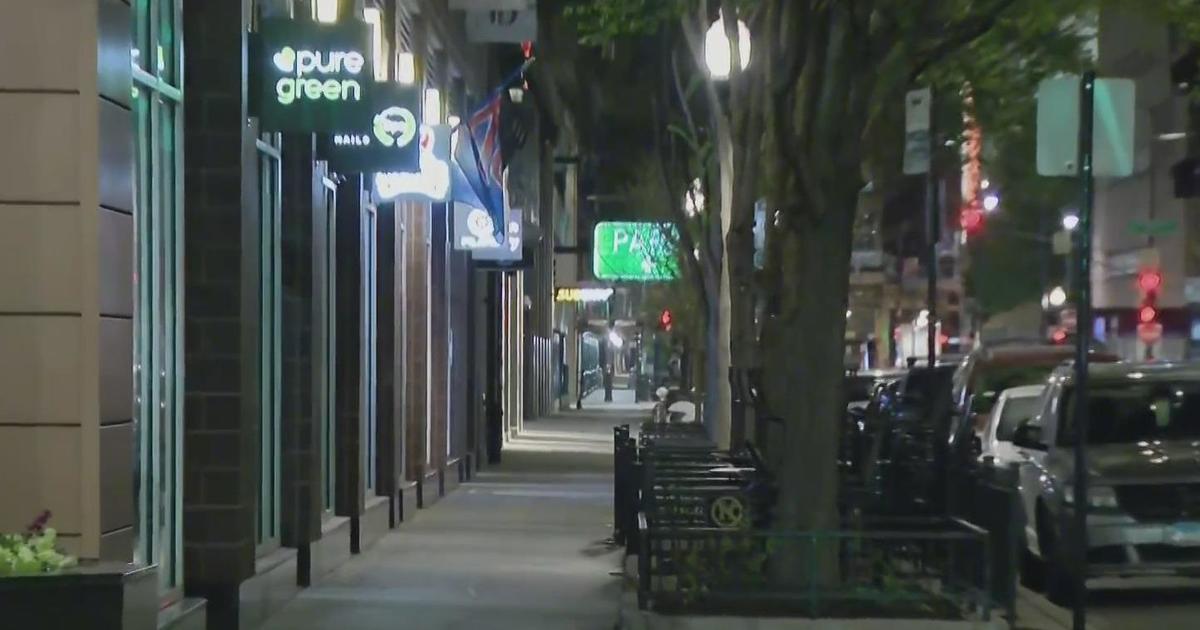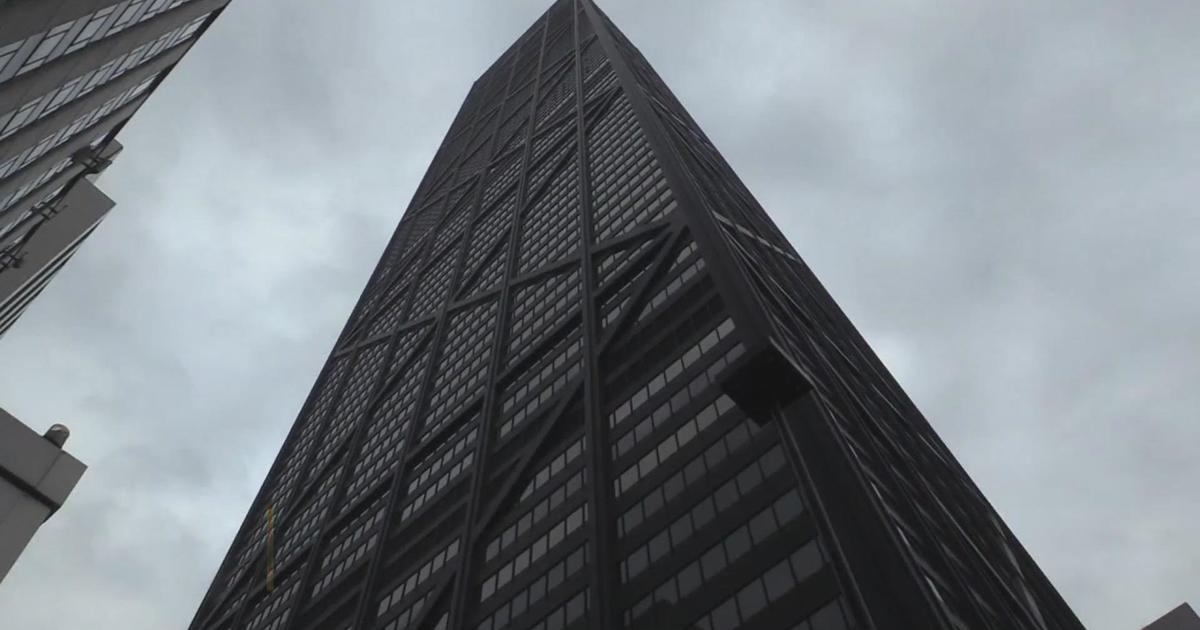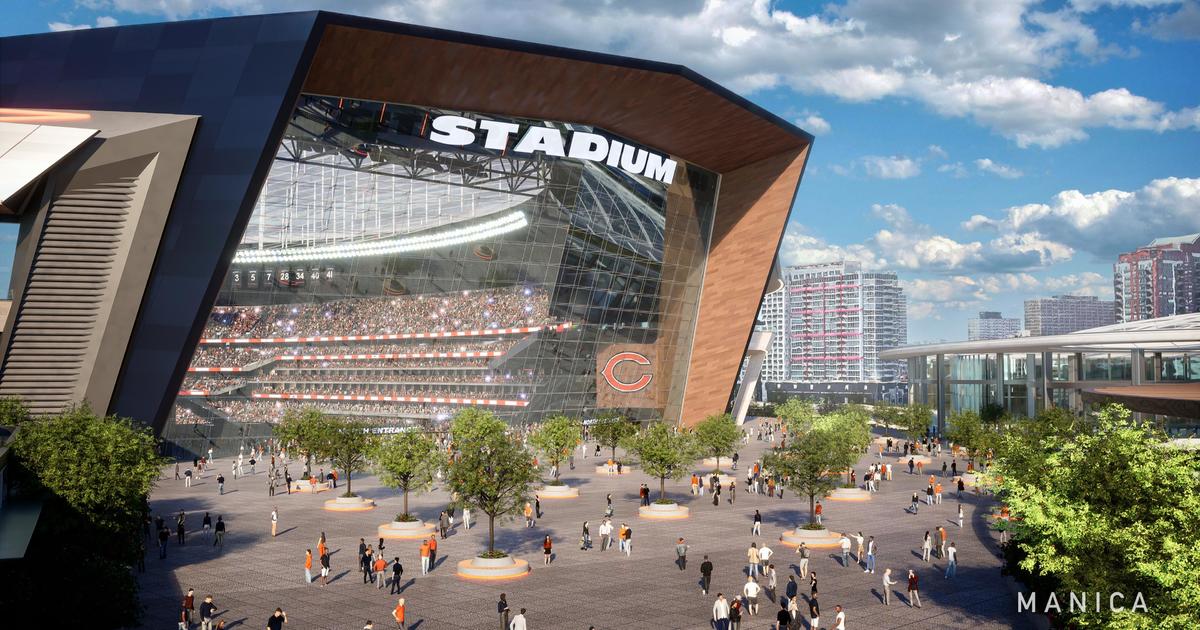Getting Hosed: Unmetered Chicago homes with inflated bills may also have dangerous lead in water, and lead line replacement is dragging
CHICAGO (CBS) — Getting Hosed, the CBS 2 Investigators' three-year exposé on Chicago's broken water billing system, has proven to be double-pronged.
That is because hundreds of thousands of Chicagoans with unmetered accounts pay inflated bills – and you can't get a meter for a fair bill until you get a non-lead service line. But the City still has 387,096 lead lines feeding homes potentially dangerous water – and as we uncovered, has done little to replace them.
Achieving a fair bill, therefore, has become almost impossible – it would be like playing basketball one-on-two. Imagine Dan Wasserman taking on both Michael Jordan and Scottie Pippen.
Who is Dan Wasserman? He's the latest Chicagoan getting hosed.
"Who can trust the Chicago Water Management Department?" asked Wasserman, who has long been a skeptic of the City.
But unlike the dozens of other Getting Hosed victims we've helped, he's more concerned with his bill of health than his water bill.
"I'm still drinking lead water," Mr. Wasserman told us.
Mr. Wasserman first spoke to us last September because the lead levels in his home far exceeded what's legally safe.
In 2020, he had his water's lead levels examined through Chicago's free testing program. The process requires homeowners to take three samples of their tap water. The first drawing is done immediately, the second drawing is taken between the two- to three-minute mark, and the third sample at five minutes.
"My numbers were 24 on one drawing and 40 on another," he said.
According to the Lead and Copper Rule, federal law allows lead concentrations of up to 15 parts per billion. Most research, including that from the Environmental Protection Agency, says no amount of lead is acceptable, making Mr. Wasserman's 24 and 40 results even more alarming.
So how does lead end up in one's drinking water? Like many Chicagoans, Mr. Wasserman's home has a lead service line, meaning the pipe that carries water to his house is made of lead. Chicago has 387,096 lead service lines -- far more than any other U.S. city.
Most major cities like Boston, Detroit, and New York stopped installing lead pipes in the 1950s and 60s. Although the dangers of lead pipes were well-known, Chicago didn't prohibit lead pipes until 1986, when the federal government finally banned them.
Furthermore, from an economical standpoint, lead pipes should be replaced during water main repairs to cut costs. Mayor Rahm Emanuel replaced 700 miles of water main, but no lead pipes during his term, passing the buck onto his successor.
In September 2020, Mayor Lori Lightfoot announced the Lead Service Line Replacement Program, which would replace lead service lines free of charge for qualifying homeowners. The program was supposed to begin that fall, but applications didn't open until March 2021.
And due to the stringent application requirements, which discouraged many homeowners from applying, the City has expanded this program to include any single-family or two-flat homeowner with kids under 18 and an income under $74,550.
The program promised to replace 600 lines by the end of the year. To date, the city has replaced 20 pipes. That boils down to a 3.3 percent fulfillment rate – and at that pace, it will take the City 19,354 years to purge itself of this outdated infrastructure.
But the threat of lead service lines doesn't end there.
"We're one of the only major cities that does not have every single household metered," said Anthena Gore, who works for Elevate, a utility watchdog. "We need to get that taken care of."
Elevate recently conducted a study analyzing Chicago's billing data and found Chicago's poor bear the biggest burden when it comes to water payments. In fact, they pay nearly 10 percent of their income on water, which is more than double the EPA's 4.5 percent ceiling.
Chicago has more than 180,000 unmetered accounts. These households are not billed according to how much water they use, but rather arbitrary factors like property size and plumbing fixtures. Elevate also found that in 2019, unmetered accounts paid $500 more a year than metered households.
Worst of all, these unmetered accounts are stuck with these bad bills. As of June 28, 2019, metering was suspended because of suspected lead contamination that these installations caused. As a result, the 180,000 Chicagoans without a meter have no alternative but to swallow bills that are at least 25 percent higher than the ones metered property owners pay.
"The majority of the unmetered accounts are in Black, Latinx, and Asian American census tracts – so these populations are bearing the burden of higher bills," Gore said.
Although Lightfoot claims to address systemic inequity, this empirical data is completely at odds with her words.
In early 2021, we sat down with Ald. Gilbert Villegas (36th), Lightfoot's former floor leader on City Council, to ask his thoughts on Chicago's regressive water billing policies.
"Do I think the Mayor's on board? Absolutely," Villegas said.
But he was once so honked off about one of our Getting Hosed victims, he tweeted that he was going to call hearings on the issue. Then, nothing.
Months later, we discovered an internal City email in which the Mayor's Chief of Staff emailed the Mayor, saying of Villegas' threat -- "I just called Gil."
"The appearance is Mayor's Chief of Staff called you and shut you down," CBS 2 Investigator Brad Edwards told Villegas.
"Not accurate," Villegas responded.
"Whatever happened to the hearings?" Edwards asked.
"That's what I'm working on right now with the technology," Villegas said.
The system assessment -- to find billing flaws and other technological shortcomings -- Villagas promised is now done.
So, what's changed? For Mr. Wasserman, nothing.
In July 2021, his bad water was retested – and he didn't receive those results for nine months.
"That's extremely irresponsible," Mr. Wasserman said.
We pushed, and the city finally sent his results. Ten of his 15 samples were again above the federal legal limit. The highest was 2.8 times the legal limit.
But after his faucet runs for 15 minutes, his water is legally drinkable. One of the City's suggestions to Mr. Wasserman was to let his water run for more than 10 minutes before drinking it.
"There's no excuse for that," Wasserman said.
Maybe there's no excuse, but there is a name.
"I do feel I'm Getting Hosed," he said.
So, what about that big study Ald. Villegas commissioned? It's 167 pages long, and it cost you, the taxpayer, $1,028,538.96.
Villegas told the CBS 2 Investigators "he hasn't read it."
What's been implemented from the study? The City hasn't figured that out yet.




